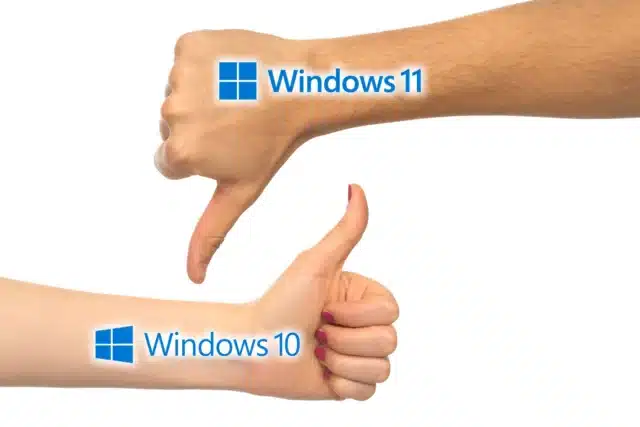Microsoft refuses to ease Windows 11’s strict hardware requirements, despite the ditching of Windows 10

With official support for Windows 10 coming to an end next year, those who are still using the operating system are faced with a difficult choice. They can stick with using Windows 10 as an unsupported OS, perhaps turning to a third-party patching service to plug security holes.
Or they can look to upgrade to Windows 11. But this presents a problem. A lot of computers that run Windows 10 are not able to run Windows 11 because of the TPM 2.0 requirement of the newer OS. For anyone hoping Microsoft might finally relent and ease up on this requirement, Microsoft has restated its position, making it clear that it will not be backing down.
See also:
- Proving Linux is not a safe sanctuary, ESET finds first Linux-targeting UEFI bootkit malware
- Australia passes social media ban for under 16s
- Windows 11 24H2 update is a nightmare for many gamers
Microsoft’s Steven Hosking describes TPM 2.0 -- an obstacle for people wanting to reuse older hardware -- as “a necessity for a secure and future-proof Windows 11”. He uses a fairly lengthy blog post to defend the company’s position, explaining in some depth the myriad reasons Microsoft sees TPM 2.0 as utterly essentially.
What is the reason for the defensiveness? Well, it is multi-layered. Microsoft may not be the epitome of a caring company, but there is truth in the idea that it gains nothing -- and perhaps loses much, including trust -- from people continuing to use unsupported software. Microsoft would of course like all Windows 10 users to jump to Windows 11, not only to avoid issues with yet-to-be-discovered security problems, but also to stop the temptation to look elsewhere, such as macOS and Linux.
Hosking writes:
You know that Windows 10 is approaching end of support. In Windows 11, TPM 2.0 advanced encryption techniques offer more versatile and critical key management for contemporary IT infrastructures, as compared to its predecessor, TPM 1.2. Integrating with features like Secure Boot and Windows Hello for Business, TPM 2.0 enhances security by ensuring that only verified software is executed and protecting confidential details. It’s true that its implementation might require a change for your organization. Yet it represents an important step toward more effectively countering today’s intricate security challenges.
He goes on to heap so much praise on TPM 2.0 that you’d think it was one of Microsoft own creations.
The upshot of his post is that Microsoft really, really wants you to move to Windows 11 and doesn’t really care that this could involve expensive hardware upgrades. There is the slightly condescending advice:
Plan and budget for upgrades. Develop a detailed plan and budget for upgrading non-compliant hardware to TPM 2.0. Consider the long-term benefits of enhanced security and compliance with regulatory standards.
Check out the full post with all of its TPM 2.0 glorifying here.
Image credit: NikolayShubin / depositphotos

Pingback: Ditch Microsoft’s Windows 11: Nitrux 3.9.0 is the faster, more secure Linux alternative you need - The TechBriefs